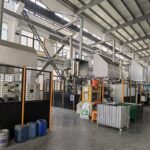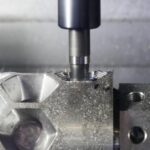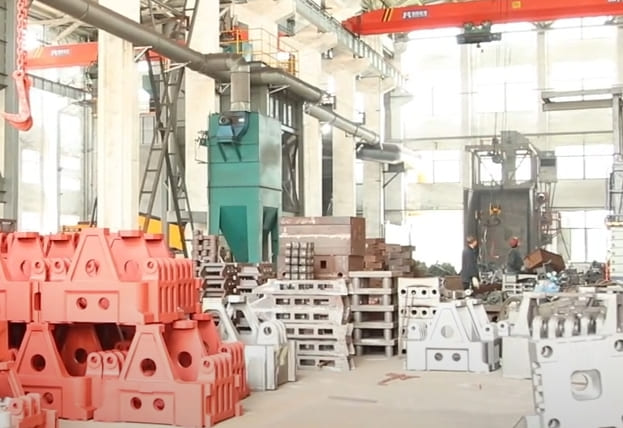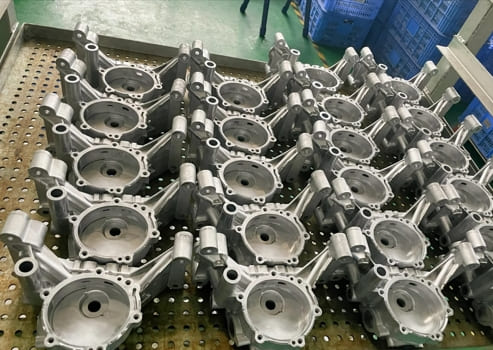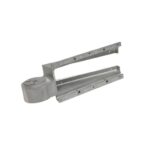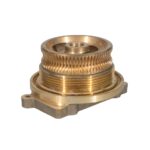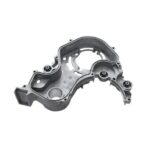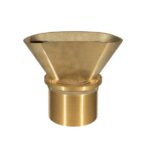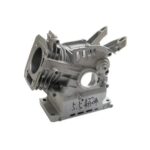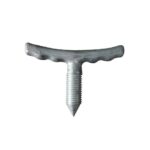Introduction
Metal plating, also known as electroplating, is a versatile surface finishing process used to enhance the appearance, corrosion resistance, and functionality of metal components.
From decorative finishes to functional coatings, metal plating offers a wide range of benefits across various industries.
This detailed overview provides insight into the principles, processes, applications, and advantages of metal plating.

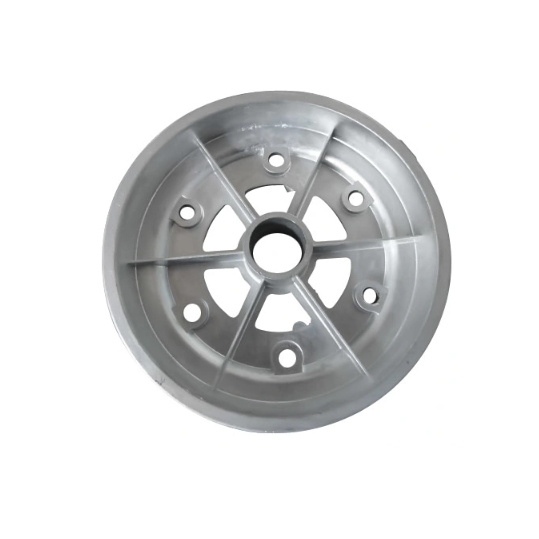
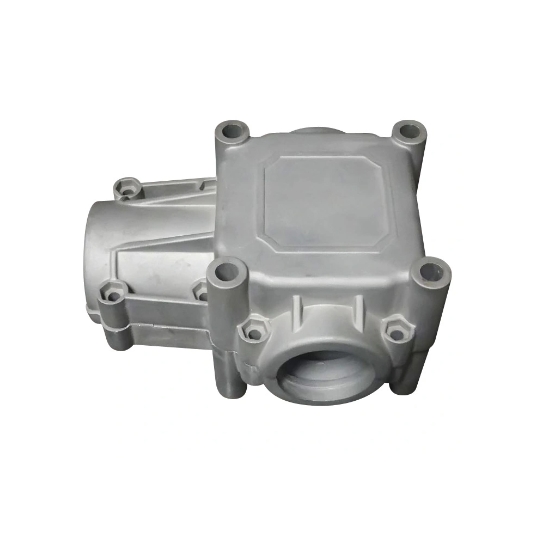
Principles of Metal Plating
Metal plating involves depositing a thin layer of metal onto a substrate through an electrochemical process. The key components of metal plating include:
| Component | Description |
|---|---|
| Substrate | Base material for applying the metal coating, typically steel, copper, aluminum, or zinc |
| Plating Solution | Contains dissolved metal ions and electrolytes to aid in the deposition process |
| Anode and Cathode | Anode provides metal ions, cathode attracts and receives deposited metal ions |
| Electrolyte | Allows ions to move between anode and cathode, completing the electrochemical circuit |
Metal Plating Processes
Various metal plating processes exist, each offering unique benefits and applications. Common metal plating methods include:
- Electroplating: The most widely used method, electroplating involves passing an electric current through a plating solution to deposit metal ions onto the substrate.
- Electroless Plating: Unlike electroplating, electroless plating does not require an external power source and relies on chemical reactions to deposit metal coatings uniformly.
- Immersion Plating: In immersion plating, substrates are immersed in a plating solution containing metal ions, resulting in the deposition of a thin metal layer through a chemical reaction.
- Brush Plating: Brush plating allows for localized plating of specific areas using a brush applicator, making it suitable for repairs or spot plating.
Applications of Metal Plating
Metal plating finds diverse applications across industries, including:
| Application | Description |
|---|---|
| Decorative Finishes | Commonly used for decorative finishes on jewelry, household fixtures, automotive trim, and electronics |
| Corrosion Protection | Enhances corrosion resistance of components exposed to harsh environments, such as automotive parts |
| Wear and Abrasion Res. | Improves wear resistance of components subjected to friction and abrasion |
| Conductivity Enhancem. | Deposits conductive layers on non-metallic substrates for electronic applications like printed circuit boards |
Advantages of Metal Plating
The advantages of metal plating include:
- Enhanced Aesthetics: Metal plating can provide attractive finishes and decorative effects, enhancing the appearance of products.
- Improved Durability: Plated coatings offer increased resistance to corrosion, wear, and environmental degradation, prolonging the lifespan of components.
- Functional Properties: Plating can impart functional properties such as electrical conductivity, lubricity, and solderability to substrates, expanding their utility.
- Cost-Effectiveness: Metal plating is a cost-effective solution for achieving desired surface properties compared to alternatives like coating or material substitution.
Conclusion
Metal plating is a versatile surface finishing technique that offers numerous benefits in terms of aesthetics, functionality, and durability.
By understanding the principles, processes, applications, and advantages of metal plating, manufacturers can leverage this technology to enhance the performance and appearance of their products across diverse industries.
Drop me an email with your ideas, and I’ll get back to you swiftly!



